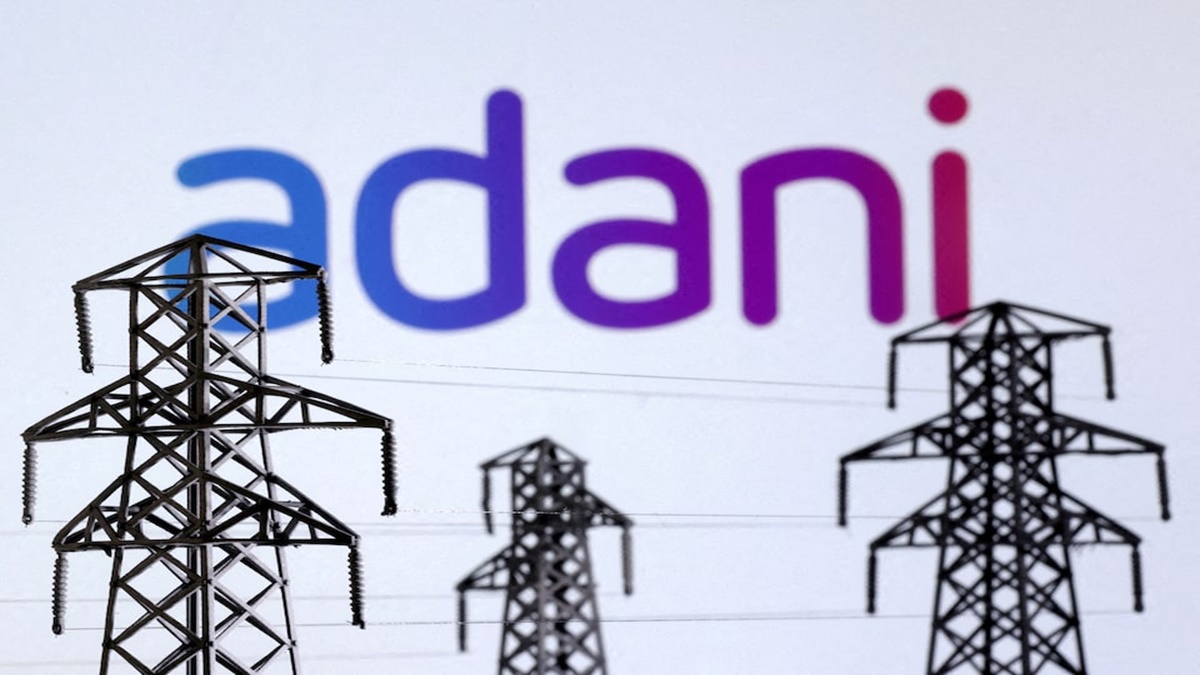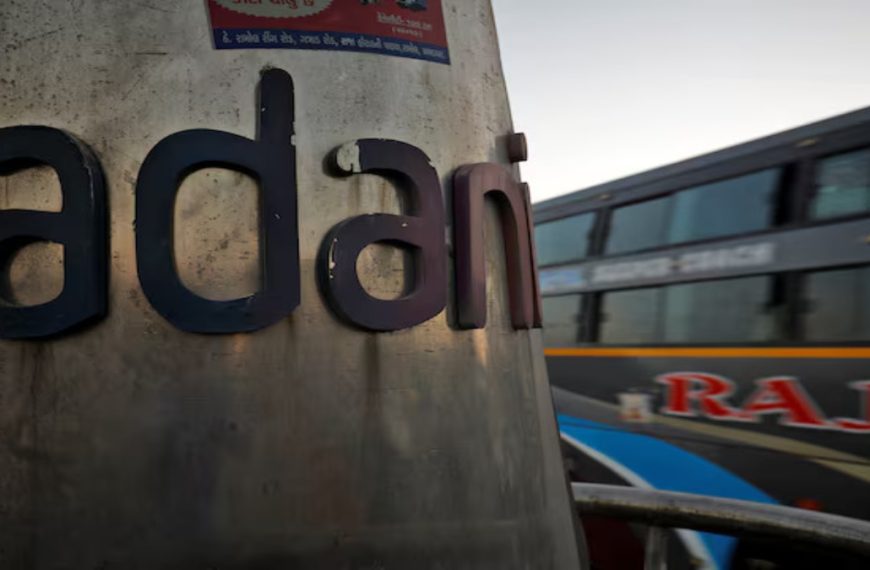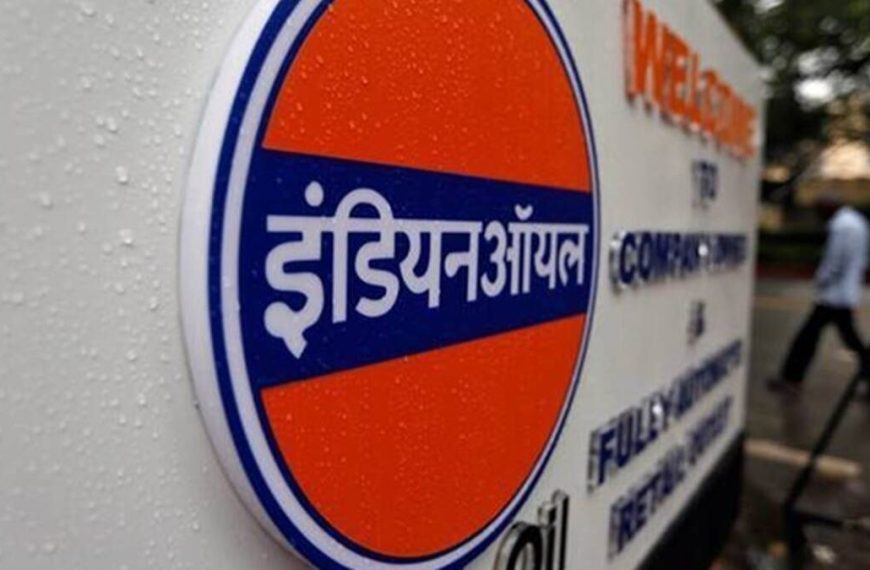Adani Power Ltd has unveiled its fiscal fourth-quarter earnings, revealing a profit of ₹2,636.97 crore. This figure reflects a 3.66% decline from the ₹2,737.24 crore reported for the same period in FY24. The drop in profits can be attributed to increased depreciation linked to recent acquisitions, alongside a slowdown in demand growth and reduced merchant tariffs. However, revenue from operations surged to ₹14,237.40 crore, marking a 6.54% increase compared to ₹13,363.69 crore during the previous fiscal year, primarily driven by heightened sales volumes despite lower tariff realizations.
Operational Performance Highlights
For the fiscal year, Adani Power generated an impressive 102.2 Billion Units (BU) of electricity, reflecting a 19.5% increase from the 85.5 BU produced in FY24. The consolidated power sales volume reached 95.9 BU in FY25, an increase of 20.7% from 79.4 BU in FY24, attributed to strong demand and enhanced operational capacity. Total consolidated revenues for FY25 stood at ₹56,473 crore, which is a 10.8% rise compared to ₹50,960 crore in FY24, bolstered by increased sales volumes even as tariff realizations decreased.
CEO’s Insights
SB Khyalia, the CEO of Adani Power Ltd, commented, “Our financial results for FY 2024-25 showcase the ongoing operational excellence and resilience of the Adani portfolio. As we advance into the next phase of capacity expansion, our focus will be on enhancing capital and cost efficiencies to maintain our competitive advantage and leadership in the sector.”
Power Demand Dynamics
The demand for power across India grew by 3.5%, reaching 415 BU in Q4FY25 compared to the same quarter in FY24. For the entire fiscal year, power demand increased by 4.2% to 1,695 BU relative to FY24. The slight slowdown in demand growth was largely due to colder weather conditions. Notably, March 2025 saw a resurgence in demand with a 6.6% increase over March 2024. The colder weather, combined with an increase in electricity supply, resulted in an average market clearing price on the Indian Energy Exchange dropping 15% year-on-year to ₹4.47/kWh in FY25 from ₹5.24/kWh in FY24. Nonetheless, merchant prices are expected to strengthen with the early arrival of summer in 2025.
Debt and Financial Stability
As of March 31, 2025, Adani Power’s net total debt rose to ₹31,023 crore, up from ₹26,545 crore, primarily due to acquisition financing for KPL and increased working capital requirements aligned with the company’s growth. Despite this, Adani Power remains a low-debt generator, with net debt per MW standing at ₹1.77 crore as of the same date.
The company concluded FY 2024-25 with a fortified balance sheet and solid liquidity, showcasing strong performance throughout the year. As of March 31, 2025, total shareholders’ funds reached ₹56,347 crore, a substantial increase from ₹43,145 crore on March 31, 2024.
In summary, Adani Power continues to navigate its growth trajectory effectively, balancing increased operational capacity with financial prudence, and positioning itself to meet future energy demands in India.











